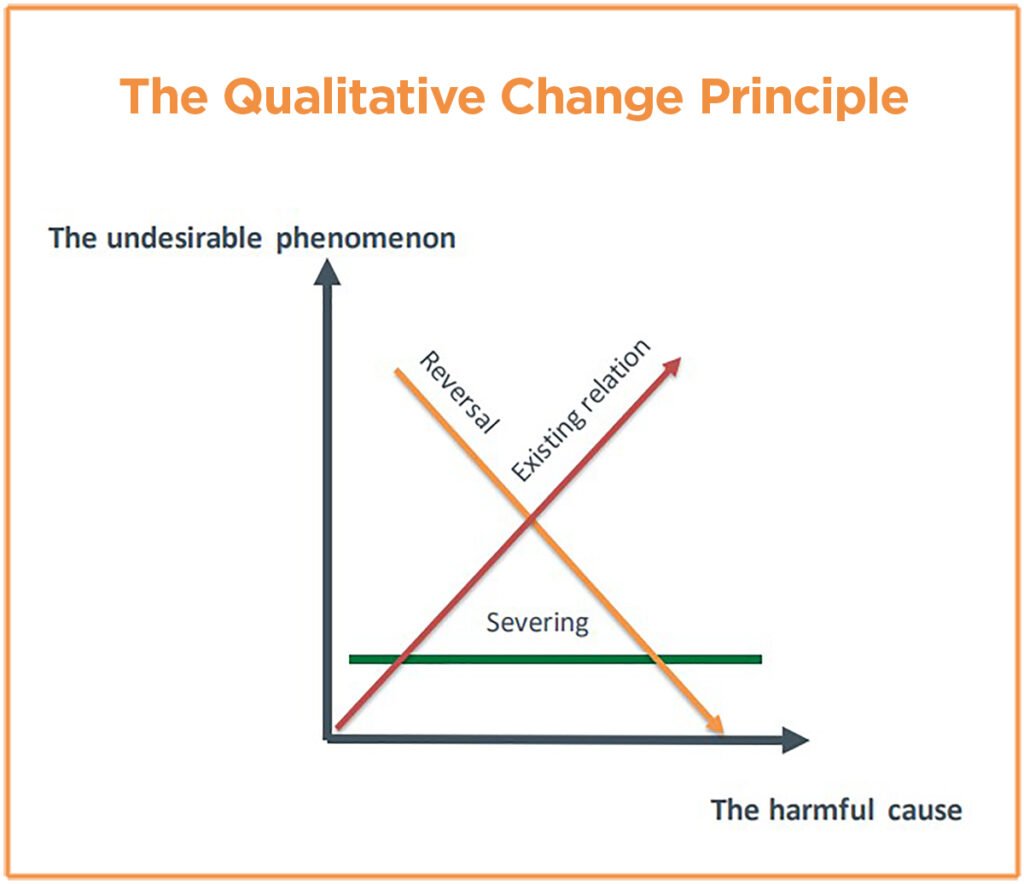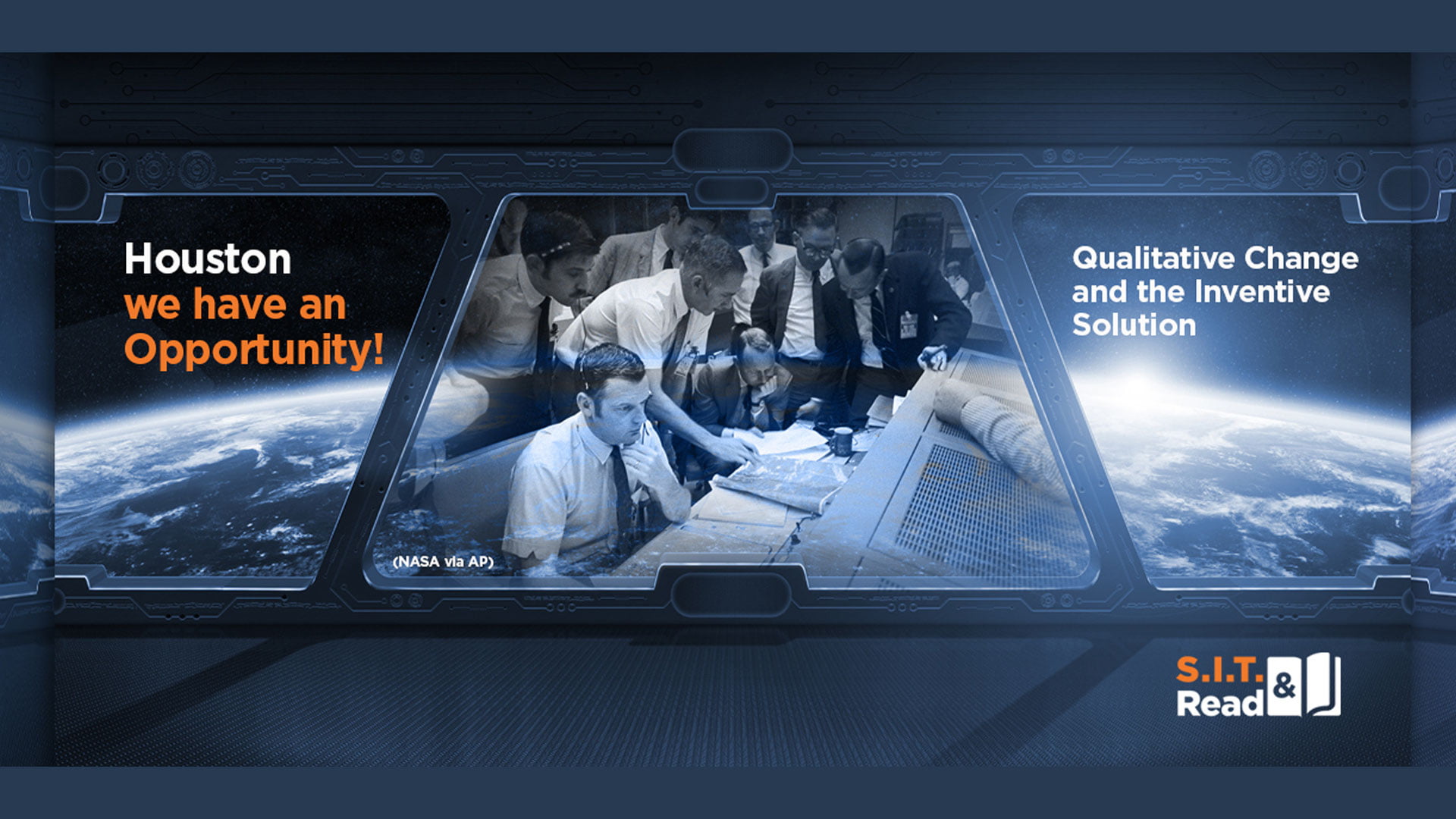In a famous Seinfeld episode, Kramer sues a coffee chain after scalding himself with boiling coffee. This fictional lawsuit is based on a true story in which a jury awarded close to three million dollars in damages to a woman who burned herself on boiling coffee at McDonald’s. As a result, McDonald’s took two actions: it chose the knee-jerk, trivial response, and reduced the temperature of the coffee from 90° to 60°C (194°-140°F), thereby eliminating the harmful effect, i.e. the boiling coffee. They also added a warning on the lids of the coffee cups, indicating that the hot liquid could cause burns. Both solutions do protect McDonald’s from future lawsuits. However, they are deficient in two aspects: the first solution spoils our coffee-drinking experience, as the coffee is now not hot, but warm. The second solution is not effective as most consumers do not notice the warning on the lid.
Those of us who like our coffee hot, but prefer drinking it without suffering burns, might search for more inventive solutions.
The SIT – Systematic Inventive Thinking® method contends that there are two sufficient conditions for a solution or idea to be inventive: the Closed World condition, and the Qualitative Change condition. The Closed World condition stipulates that when developing a new product or addressing a problem, one must utilize only elements that already exist in the product/problem or their immediate environment. In this article, however, we will focus our attention on the second condition—Qualitative Change—which stipulates that when trying to solve a problem, we must search for solutions in which a harmful element (one that either creates or aggravates the problem) becomes either neutral or instrumental in the problem’s solution.
This begs the question: is there a way we can transform the harmful phenomenon, i.e. the coffee’s high temperature, into an instrumental factor in reducing the risk of scalding? Smart-Lid Systems have developed such a solution—a lid that changes color according to the temperature of the liquid in the cup. The idea is so simple that one glance at a picture of the product reveals its brilliance. When the liquid is too hot for consumption, the color of the lid changes from black to red, giving a clear indication of the risk.
There are two ways in which the Qualitative Change condition can be satisfied: Reversal—as the intensity of the harmful element increases, that of the undesired phenomenon decreases; and Elimination – the intensity of the undesired phenomenon is not dependent on the [no longer] harmful element. Smart-Lid’s solution uses Reversal. Under normal circumstances, the hotter the coffee is, the greater the chances are of getting burned. Using the innovative lid reverses this correlation—the higher the temperature, the more conspicuous the indication is, which in turn reduces the risk of a burn.

The qualitative change condition is considered, for a good reason, the surprising and elegant element in the inventive solution. When properly implemented, it no longer matters if the previously harmful factor continues to exist. Either we become indifferent to it, or it becomes a corroborating element in limiting or eliminating the problem.
The scorching coffee case exemplifies how the Qualitative Change condition can help in problem solving; but it can also be easily implemented in developing new products and services. Most successful products solve a problem, even if the problem only becomes evident after the solution has been found. All-you-can-eat restaurants, for instance, use the Elimination strategy in Qualitative Change. Post factum, we can report a problem that has been solved: usually, the more food and drink a customer orders, the more expensive and complicated the dining experience becomes (both for the customer and for the proprietor). The Qualitative Change is manifested in the billing process, which is no longer dependent on the number or type of dishes ordered. For many consumers, this solution simplifies the experience and allows them to limit and control their expenses in advance.
Those who are well trained in SIT – Systematic Inventive Thinking®, focus on exploring the space of the problem instead of the solutions’ space (simply because the latter is virtually unlimited). Rather than look for ways to minimize the damage caused by the source of the problem, they concentrate their efforts on examining the relationships between the various harmful elements and other factors in the system. Searching for a solution that will enable us to alter the correlation between the harmful element and the undesired phenomenon, leads us away from the trivial solution strategy, where we simply rid ourselves of the harmful factor, and promotes surprising and inventive yet simple solutions.
